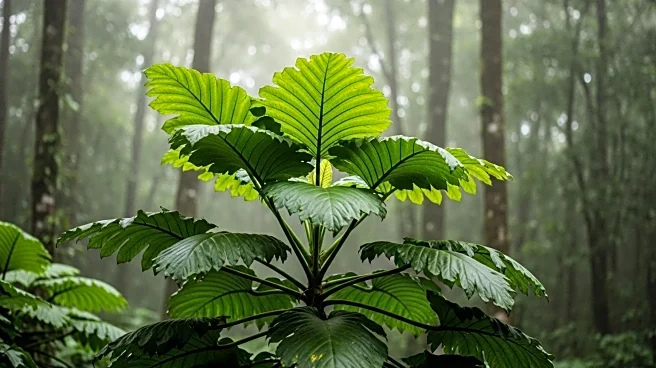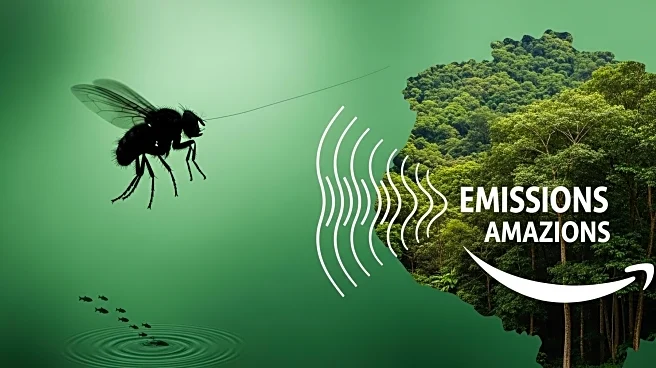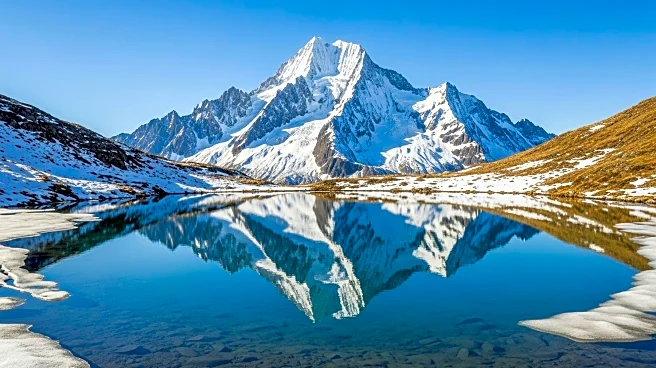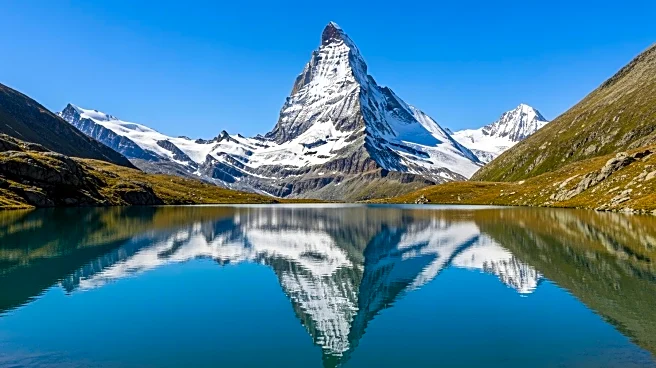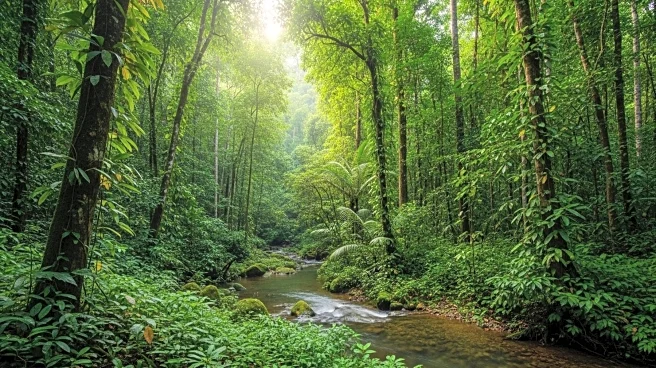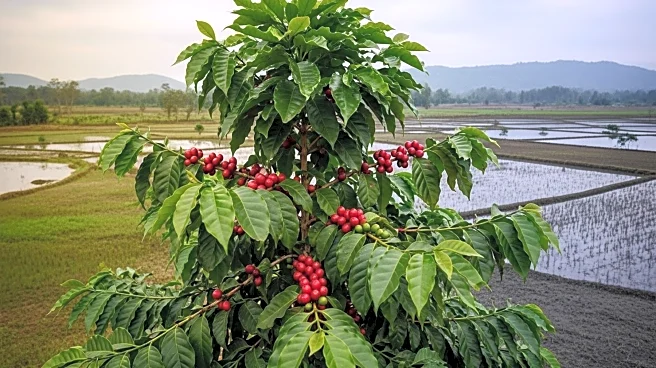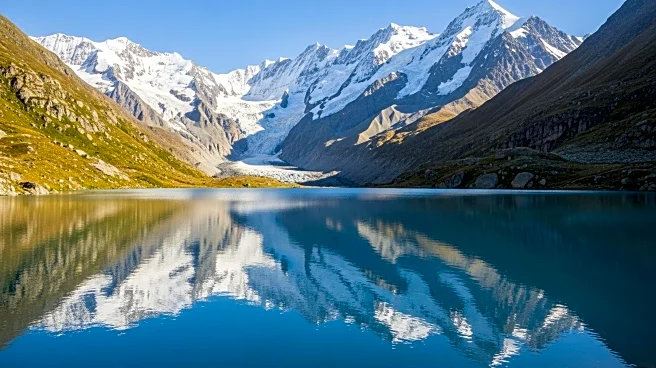What's Happening?
Recent studies have revealed that the Amazon rainforest is experiencing unexpected growth, contrary to long-standing predictions of decline due to climate change. Researchers have been monitoring 188 plots across the South American continent since 1971, observing a 3.3% increase in tree size per decade. This growth spans all tree sizes, from the understory to the canopy giants, indicating a basin-wide structural shift. The increase in atmospheric CO₂ is believed to be enhancing photosynthesis and tree growth, acting as a fertilizer for the forest.
Why It's Important?
The unexpected growth of the Amazon rainforest suggests a temporary resilience against climate change, providing a crucial carbon sink that helps mitigate global warming. This development could influence environmental policies and conservation efforts, emphasizing the importance of protecting intact forests. However, the Amazon's growth does not guarantee long-term resilience, as deforestation, warming, and fires continue to pose significant threats. The forest's ability to absorb carbon may buy time in the climate crisis, but only if degradation is curbed.
What's Next?
The future of the Amazon rainforest depends on continued protection and conservation efforts. Researchers warn that parts of the Amazon, particularly in the southeast, have shifted towards being a net carbon source due to deforestation and climate change. Ensuring the forest remains intact is crucial for maintaining its role as a carbon sink. Policymakers and environmental groups may need to intensify efforts to curb deforestation and promote sustainable land-use practices to preserve the Amazon's ecological benefits.
Beyond the Headlines
The Amazon's growth challenges conventional ecological wisdom, which suggested only the most established trees would benefit from increased CO₂ levels. Instead, the study finds a shared advantage across tree sizes, supporting a more efficient carbon sink. This development highlights the complex interactions between climate change and forest ecosystems, underscoring the need for comprehensive research to understand these dynamics fully.

